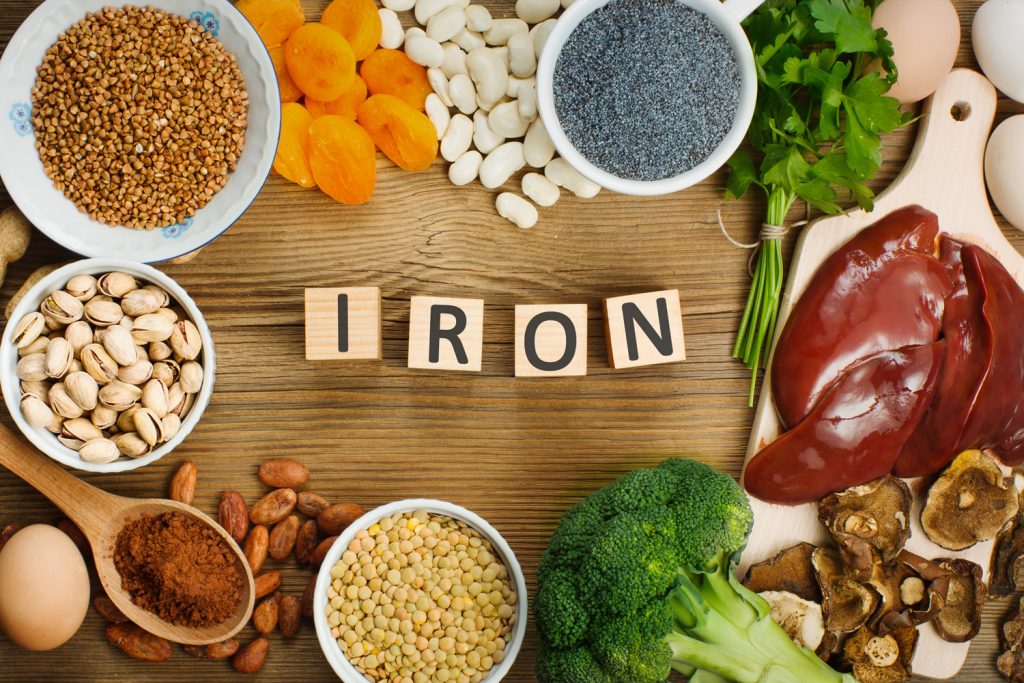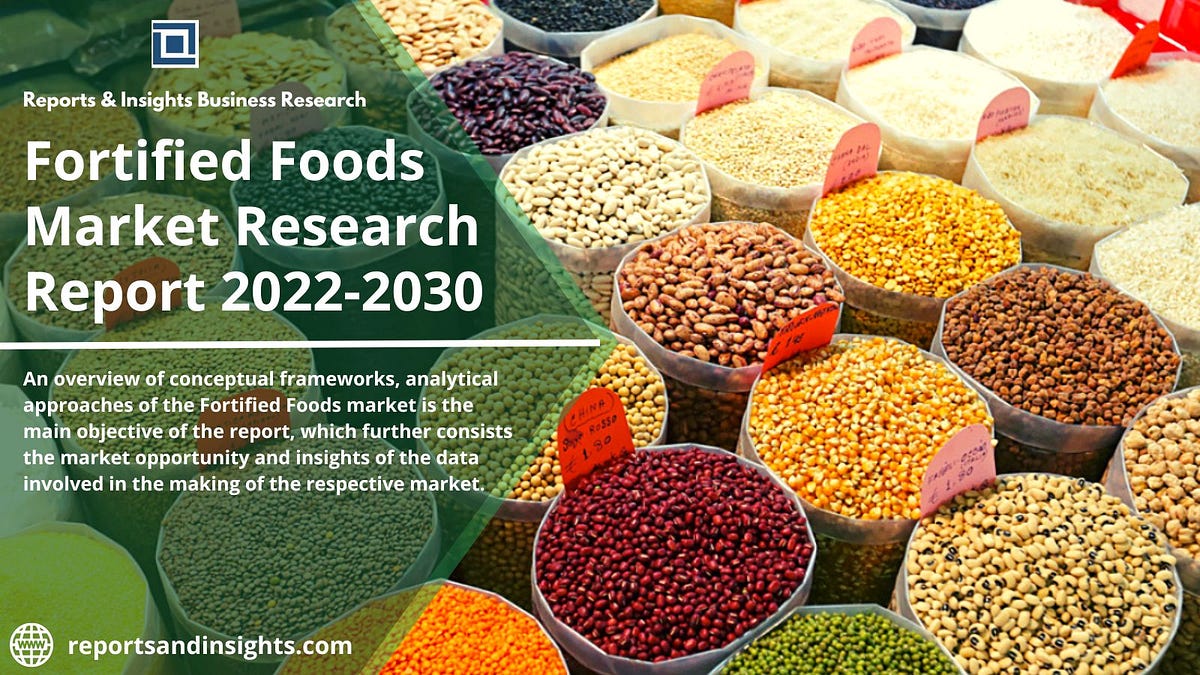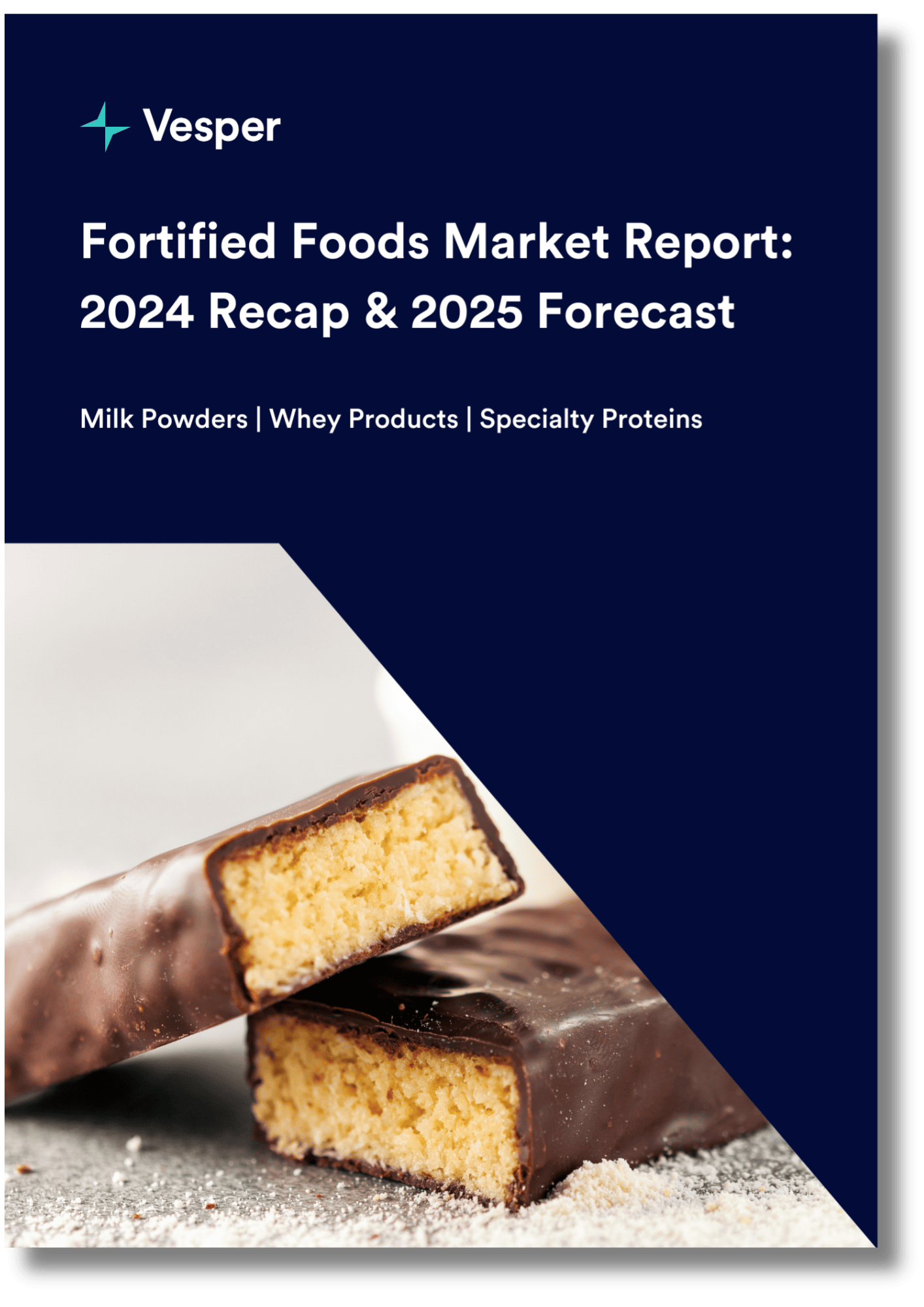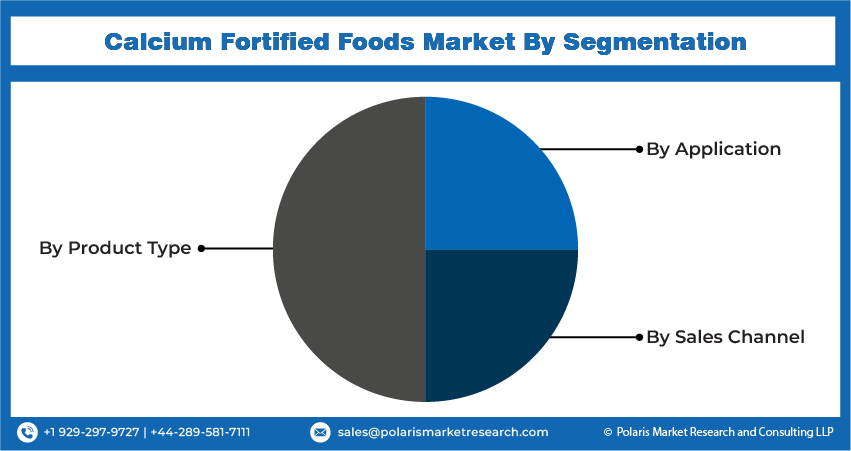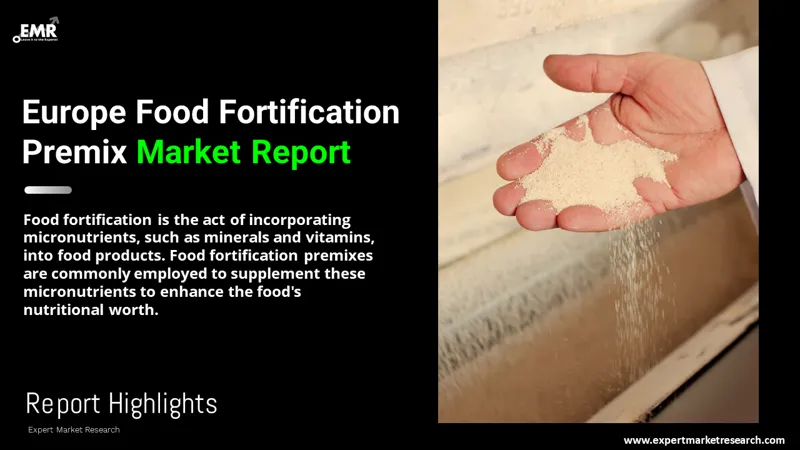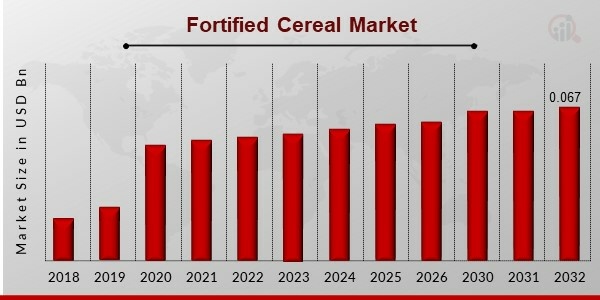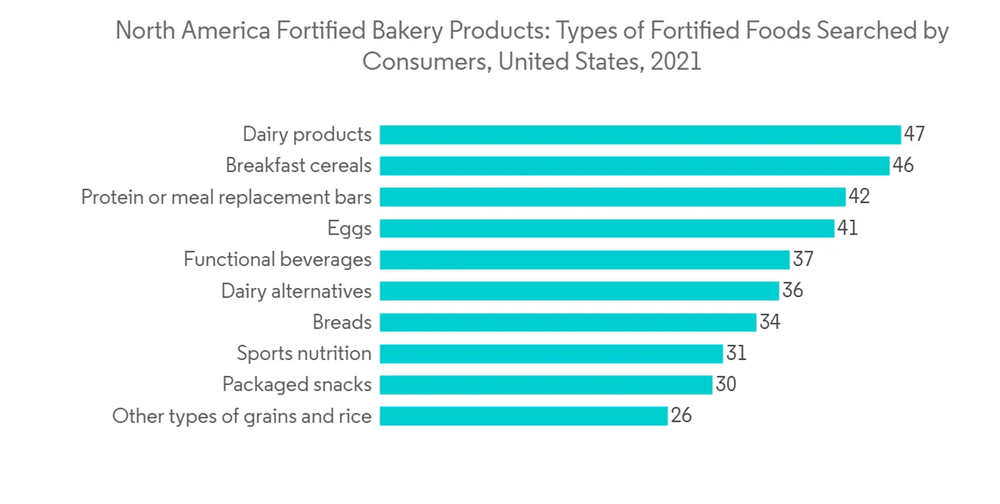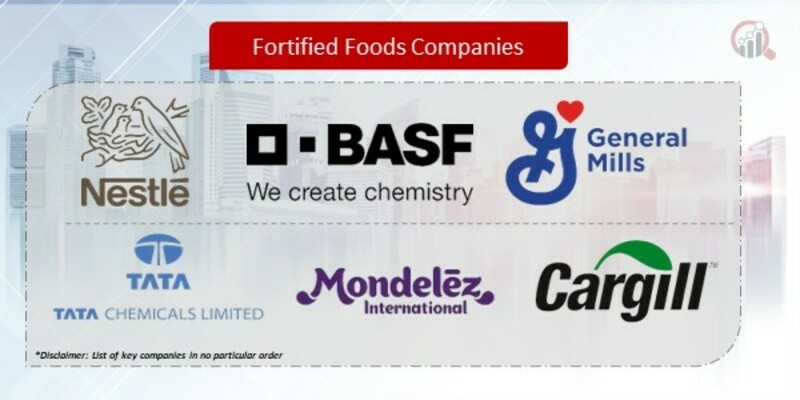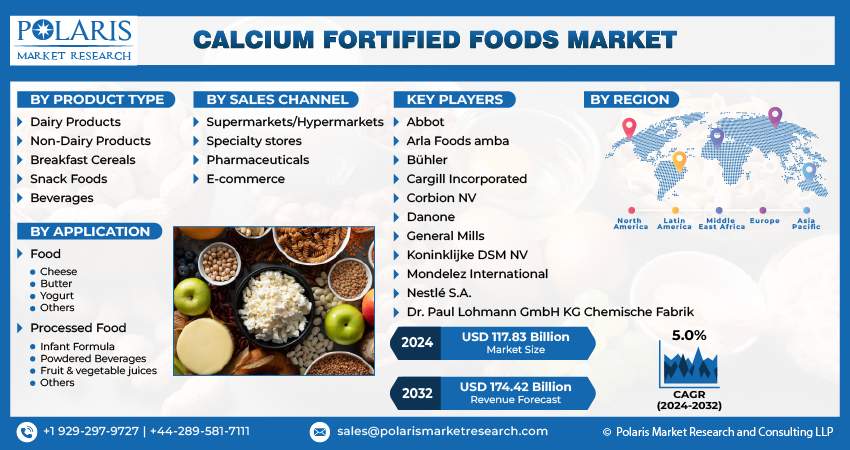The Most Highly Fortified Foods On The Market Are

In an era defined by processed foods and nutritional deficiencies, fortification—the practice of adding vitamins and minerals to food—has become a cornerstone of public health strategies. But as the food industry races to create "superfoods" packed with added nutrients, concerns are rising about the potential for over-fortification and the true benefits of these highly engineered products.
Are these fortified foods genuinely improving public health, or are they simply marketing ploys that could potentially cause harm? A closer look is necessary to understand the most highly fortified foods on the market and their implications.
The Rise of Fortified Foods: A Double-Edged Sword
Food fortification has been around for decades, starting with initiatives like iodizing salt to combat iodine deficiency. Now, the practice has expanded to include a wide range of nutrients in an even wider array of foods. This article will explore the most aggressively fortified foods available, scrutinizing their contents and whether they are truly beneficial or potentially risky.
Breakfast Cereals: A Vitamin Powerhouse... or a Sugar Bomb?
Breakfast cereals are often among the most heavily fortified foods. Many brands boast impressive lists of added vitamins and minerals, including iron, folic acid, and various B vitamins. However, it’s crucial to consider the context: these cereals often contain high levels of sugar and refined carbohydrates.
According to a 2020 report by the Center for Science in the Public Interest (CSPI), the health benefits of added nutrients in many breakfast cereals are often offset by the presence of unhealthy ingredients. Furthermore, the absorbability of these added nutrients can be questionable.
The sheer quantity of vitamins and minerals crammed into a single serving can exceed recommended daily allowances. For instance, some cereals marketed to children contain over 100% of the Daily Value for several vitamins, potentially leading to excessive intake if consumed regularly and alongside other fortified products.
Energy Drinks and Bars: A Jolt of Nutrients... and Controversy
Energy drinks and protein bars are another category of highly fortified products. These products are often targeted at athletes and individuals seeking a quick energy boost or nutritional supplement. They frequently contain elevated levels of B vitamins, taurine, and other compounds marketed for their performance-enhancing effects.
However, the high concentrations of these nutrients, combined with caffeine and other stimulants, can pose health risks. A study published in the American Heart Association journal found that energy drink consumption can lead to increased blood pressure and heart rate, particularly in individuals with pre-existing cardiovascular conditions.
Furthermore, many protein bars are loaded with sugar and artificial sweeteners, making them less healthy than their marketing implies. The excessive addition of vitamin B6, niacin, and other water-soluble vitamins may not pose a great risk because excess is excreted by the kidney; however, fat-soluble vitamins can accumulate.
Dairy Alternatives: Bridging the Nutritional Gap
Plant-based milk alternatives, such as almond, soy, and oat milk, are frequently fortified to match the nutritional profile of cow's milk. Common additions include calcium, vitamin D, and vitamin B12. These additions are particularly important for vegans and individuals with lactose intolerance who may be at risk of nutrient deficiencies.
While fortification of dairy alternatives is generally considered beneficial, it's crucial to examine the specific nutrients added and their bioavailability. Not all forms of added nutrients are equally well absorbed by the body. For example, some forms of calcium are more bioavailable than others.
Additionally, the added sugars and thickeners found in many plant-based milk alternatives should be considered. Choosing unsweetened varieties and reading the ingredient list carefully is crucial to making informed choices.
Processed Snack Foods: Hidden Fortification
Even seemingly innocuous snack foods, such as crackers, chips, and cookies, can be fortified. Manufacturers often add folic acid, iron, and other nutrients to these products to appeal to health-conscious consumers. However, the overall nutritional value of these foods remains questionable.
The fortification of processed snack foods raises concerns about the potential for nutrient imbalances. Individuals who consume a diet high in these fortified foods may unknowingly exceed the upper tolerable limits for certain vitamins and minerals, especially if they are also taking dietary supplements.
The World Health Organization (WHO) emphasizes that food fortification should complement, not replace, a healthy and balanced diet. Relying on fortified snack foods as a primary source of nutrients is not a sustainable or healthy approach.
Potential Risks of Over-Fortification
While fortification aims to enhance nutritional value, excessive intake of certain nutrients can have adverse effects. Vitamin A toxicity, for instance, can lead to liver damage and birth defects. Excessive iron intake can cause gastrointestinal distress and, in severe cases, organ damage.
The risk of over-fortification is particularly relevant for children, who have lower body weights and may be more susceptible to the effects of excessive nutrient intake. Parents should carefully monitor their children's consumption of fortified foods and dietary supplements.
The National Institutes of Health (NIH) recommends consulting a healthcare professional or registered dietitian before taking dietary supplements or consuming highly fortified foods, especially for individuals with pre-existing health conditions or those taking medications.
The Regulatory Landscape and Future Directions
The regulation of food fortification varies across countries. In the United States, the Food and Drug Administration (FDA) sets guidelines for the types and amounts of nutrients that can be added to food. However, concerns remain about the adequacy of these regulations in preventing over-fortification.
There is a growing movement advocating for stricter regulations on food fortification and greater transparency in labeling. Consumers need clear and accurate information about the nutrients added to food, as well as the potential risks and benefits of consuming fortified products.
Moving forward, a more nuanced approach to food fortification is needed. This approach should prioritize public health needs, consider the overall nutritional quality of fortified foods, and ensure that consumers have the information they need to make informed choices.
Conclusion
The most highly fortified foods on the market represent a complex and evolving landscape. While fortification can play a crucial role in addressing nutrient deficiencies, it is not a panacea for poor dietary habits. Consumers should be critical of marketing claims and prioritize whole, unprocessed foods as the foundation of a healthy diet.
Balancing the benefits of fortification with the potential risks requires a multi-faceted approach, involving stricter regulations, increased consumer awareness, and ongoing research. Only then can we ensure that food fortification truly serves the public good.
Ultimately, informed consumer choices, supported by transparent regulations and evidence-based guidelines, are essential for navigating the world of fortified foods and promoting optimal health.


